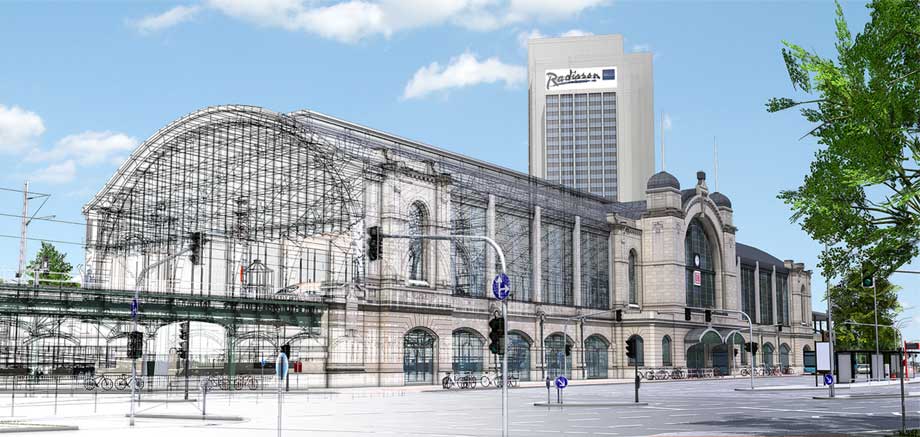
Hexagon AB Acquires Existing Partner LocLab
STOCKHOLM, Dec. 29, 2022 — Digital reality solutions company Hexagon AB acquired LocLab, a German company that specializes in 3D digital twin content creation. The acquisition follows a previously announced partnership between the companies.
Terms of the deal were not released.
In October, Hexagon — through its Geosystems division — and LocLab partnered to increase the automation of 3D digital twin creation by using reality capture solutions and making digital twins seamlessly accessible to customers by connecting them with HxDR, Hexagon’s cloud-based storage, visualization, and collaboration platform for reality capture and geospatial data.

AI software compares detected objects with LocLab’s object library of 3D elements, including street objects, building components, and rail equipment, to semi-automate the creation of an enriched 3D model — in other words, adding context and descriptive elements. The solution supports the transportation industry, including the rail transportation sector. Courtesy of Hexagon AB.
According to Hexagon, the acquisition strengthens its ability to make its digital twin solution — “Smart Digital Reality” — more accessible to customers while providing LocLab’s customers with a platform for hosting, sharing, and keeping 3D digital twins up to date.
Hexagon President and CEO Ola Rollén said, “The integration of LocLab’s 3D digital content with HxDR, our cloud-based storage, visualization, and collaboration platform, will drive HxDR’s expansion as a leading digital reality platform within transportation, construction, urban planning, and many other industries.”
LocLab’s technology supports digital twin creation enabled by automation using workflows and AI. The company’s in-house developed toolchain can leverage several data input formats to balance speed, cost, and accuracy — for example, terrestrial videogrammetry, survey data, and point clouds — but only requires photographs or videos at minimum. LocLab’s AI software compares detected objects with its object library of 3D elements, including street objects, building components, rail equipment, and more, to semi-automate the creation of a 3D model.
LocLab will operate as part of Hexagon’s geosystems division.
/Buyers_Guide/Hexagon_AB/c33262